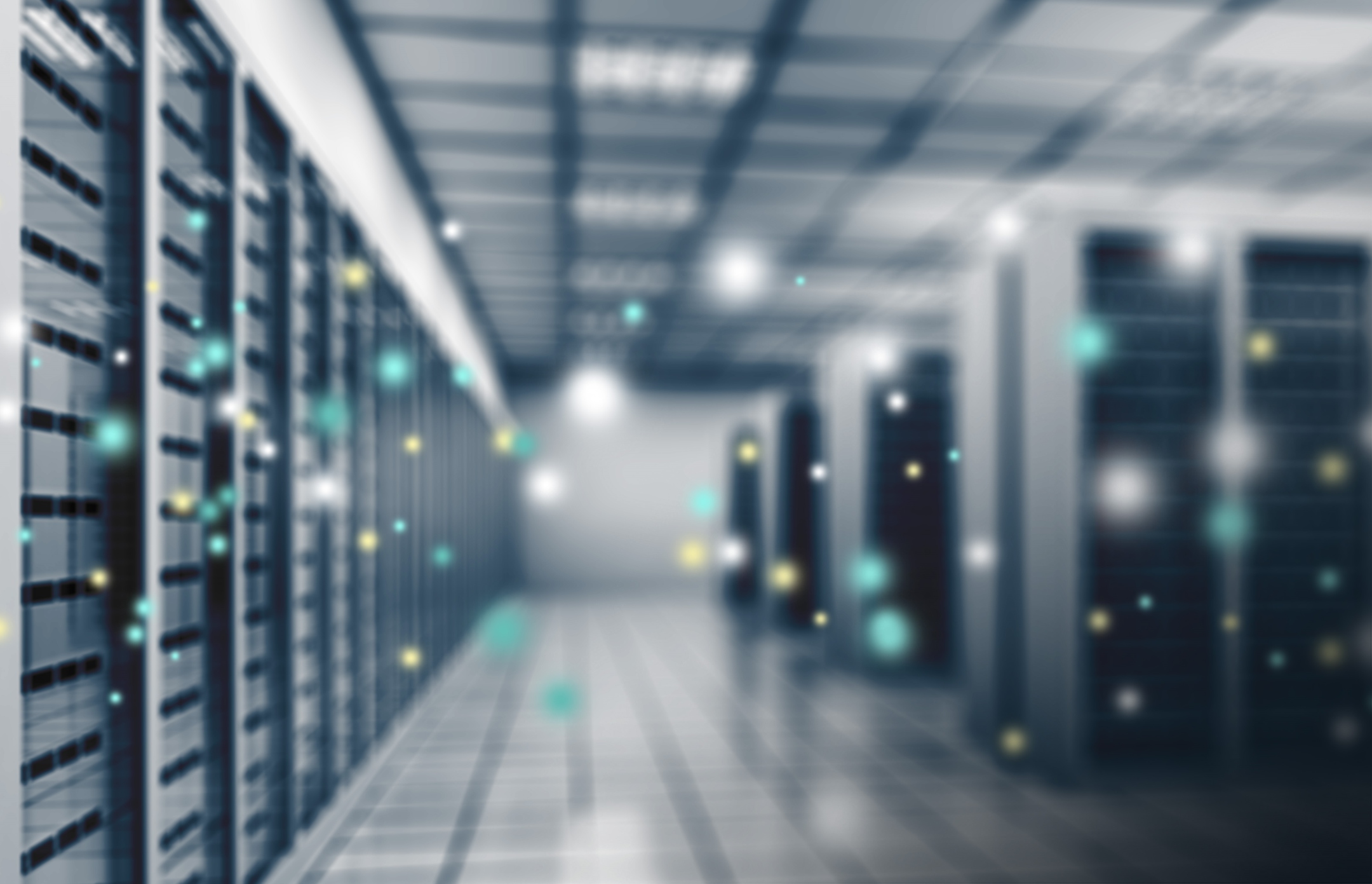
Data center tier levels refer to a data center’s ability to maintain functionality during various kinds of failures; the Tier classification System sets consistent facility requirements for power, cooling and resiliency that measure a data center’s potential uptime. Higher tier levels indicate more sustainability for data center operations and fault-tolerant systems that will allow for uninterrupted use during certain kinds of emergencies or crises.
For instance, in a Tier 1 data center, system processes are carried out through a single path in a non-redundant system that does not offer fault tolerance. In a Tier 2 system, there may be some redundant features, for example, in climate and energy source support. Tier 3 systems will typically have more comprehensive protections for power outages and will have what’s called N+1 redundancy, which is a reliable backup power system. The highest level, Tier 4, will involve fully fault-tolerant systems around energy supply, storage and data distribution and backup power sources for climate control systems. A high-level data center is the best choice since they take operations seriously, they understand that your data is critical to your livelihood and will delivered the best services no matter what, even in an unplanned event they will keep your business running.

